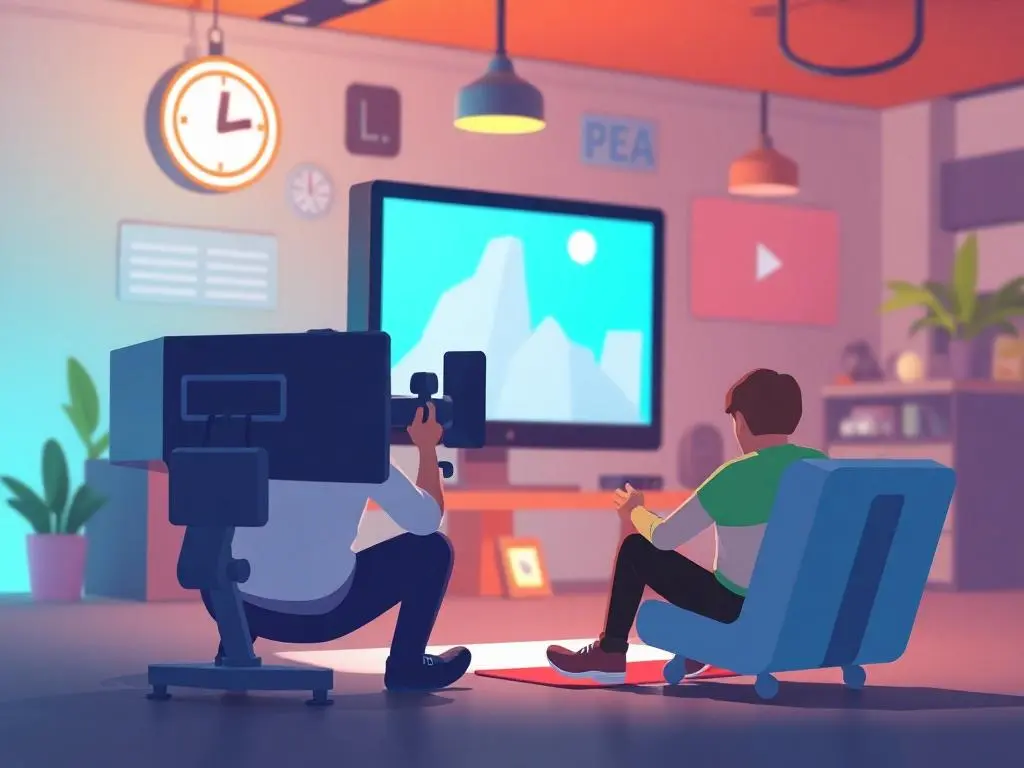When you think of companies that dominate advertising, Google and Facebook are undoubtedly the first two names that come to mind. But this pair no longer reigns supreme: Amazon has established itself as the third member of this triopoly of advertisers. Though the triopoly has been going strong, it’s only a matter of time before it becomes a quadropoly.
Hear me out. There might not be an emerging fourth player right this moment, and there might not necessarily be a competitor on the horizon in the next two years. But Google, Facebook, and Amazon aren’t untouchable. If history in this space shows us anything, it’s that disruption will only continue—and at an increasingly rapid pace.
In the ’80s, ’90s, and 2000s, advertisers working in TV, print, and out of home must have assumed that triopoly was immovable. But the internet changed everything. It would be arrogant for today’s digital marketers to assume they are immune to a similar change.
Contenders for the Crown
Shortly after its launch in early 2004, Facebook’s founders began using advertising to cover the cost of the site’s servers. That first ad evolved into true programmatic advertising, which has taken hold in the past five years or so. And now, Amazon has established itself as a power player.
We’d be naïve not to think another company will be able to assert itself in this space. The only question is which company. Will it be Snapchat? Microsoft? Google, Facebook, and Amazon are all content generators, and they have all paired ads to that content. With the way consumers access and interact with content, though, the fourth major player in advertising could diverge from this pattern.
I believe the fourth player will likely be an organization focused on mobile, but I recognize there are some other options. It could be a company focused on voice, for example, or one from a space that isn’t fully mature yet, such as the Internet of Things. It might even come out of a merger or acquisition.
Maturity Matters
While nobody can say for certain who the fourth member of the advertising quadropoly will be, there are some clear top contenders. For example, now that AT&T has acquired AppNexus, that organization, merged with its latest acquisition, Time Warner, will become a communication, advertising, and content-producing company, making it capable of playing with the big boys. Apple, of course, has untapped profitability beyond its search ads. Everyone making a foray into the voice space is a possible contender, but nobody is definitely there yet.
Any organization eyeing a spot among the ranks of the quadropoly will need to mature its capabilities across the board. But maturity isn’t enough. The fourth player will also need to have some type of disruption element that can’t be copied. Snapchat, for example, hasn’t been able to develop anything Facebook and Instagram haven’t rolled out as well. Amazon disrupted commerce. Facebook disrupted communication. Google disrupted knowledge sharing and advertising.
Any company that can disrupt the three giants dominating advertising today will need to have all the elements shared by Amazon, Facebook, and Google—commerce, content, and content distribution—in addition to a fourth element such as bringing voice search or the Internet of Things into the advertising world.
Identifying the Quadropoly
How will we know when we’ve found our fourth player? Here are a few signs to look out for:
1. It Smooths Friction in the Consumer Experience
Google identified a connection friction point and gave people across the globe the ability to find information in an instant. Facebook found a way to connect those people to each other. And Amazon realized that commerce could adapt to this newly connected world. Any company that can join the ranks of these three giants will identify a global friction point such as lack of information access or widespread ecommerce and find a new way to smooth it out.
2. It Keeps Other Companies Honest
Facebook didn’t cannibalize Google, and Amazon isn’t cannibalizing either of its predecessors. Instead, each company simply bypassed some legacy aspect of its industry. We still use TV, print, and out-of-home advertising. There are still ancillary search engines, commerce players, and social networks. The fourth member of the advertising quadropoly will similarly not eliminate any big players, it will simply capitalize on dollars that Facebook, Google, and Amazon are not utilizing.
3. It Caters to Untapped Audiences
The type of new technology discussed above, IoT, mobile, voice, and social media platforms like Snapchat, might not be ready to swoop in and claim the fourth spot yet, but they do all have something powerful in common. They’re all targeted at the consumer with the lowest amount of disposable income: teenagers and young adults. Growing with newer audiences can give companies the ability to spot new friction points and gain a stronger foothold than more traditional companies.
It’s not yet clear what type of disruption will bring about a new leader in the advertising world. But with technology and the consumer experience continuously evolving, we’re due for another shakeup. Just as Google’s post-internet monopoly on advertising got crashed by Facebook, and Facebook and Google’s duopoly got broken down by Amazon, the triopoly is set to become a quadropoly. The only question remaining is who will break through and join their ranks.



![[Ebook] 3 Best Practices for Your Mobile Marketing Strategy [Ebook] 3 Best Practices for Your Mobile Marketing Strategy](https://blog.marketo.com/content/uploads/2016/07/Ebook-3-Best-Practices-for-Your-Mobile-Marketing-Strategy.jpg)



